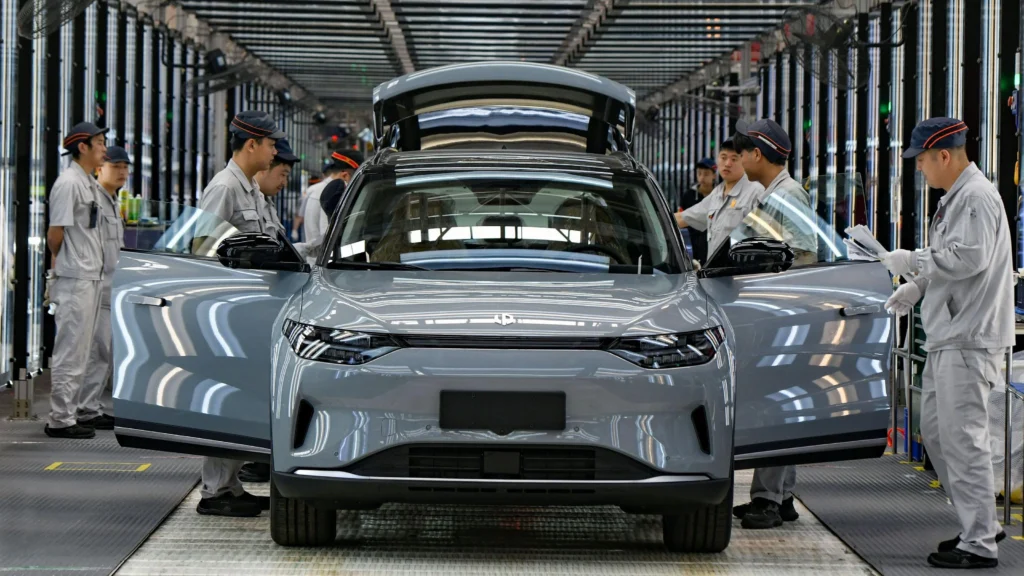On September 26, 2024, in Pontiac:- Michigan, experts are raising concerns about the long-term effectiveness of the United States’ anti-China electric vehicle (EV) policies. While recent measures, such as 100% tariffs on Chinese-made EVs and software bans, aim to protect the American auto market, industry leaders suggest these strategies are merely temporary solutions. John Batella, CEO of the Alliance for Automotive Innovation, highlighted at the Automotive News Congress that the current protective measures are not a permanent fix. “This industry here in the United States should not think that this is going to be here forever,” he warned, emphasizing the urgency for U.S. automakers to innovate and compete against low-cost Chinese imports.
The new tariffs are positioned as national security measures, aimed at preventing high-tech, camera-equipped vehicles from entering the U.S. market. However, experts agree that these protective policies may not keep Chinese manufacturers at bay for long. Joe McCabe, CEO of Autoforecast Solutions, noted that while these tariffs provide U.S. automakers some breathing room, they must take advantage of this time to enhance competitiveness and build brand loyalty.

Despite the tariffs, Chinese automakers continue to make strides, with companies like BYD considering locations for assembly plants in Mexico. Kate K. Wick, a senior managing director at McCarty Associates, pointed out that the Chinese auto industry holds significant advantages in battery technology and software development, thanks to years of government support and investment. This has led to many U.S. EV manufacturers struggling to keep up with high production costs, particularly regarding battery expenses.
In addition to the geopolitical landscape, the automotive sector is grappling with changes in distribution models. Hyundai’s ambitious plan to sell cars via Amazon has faced challenges, with little progress beyond initial pilot programs. Mike Stanton, CEO of the National Automobile Dealers Association, reported frustration among dealers as the partnership has yet to yield tangible results.
Meanwhile, the Chinese auto industry is not as invincible as it once seemed. Bloomberg reports that car dealerships across China are facing losses nearing $20 billion as consumer spending slows and inventory levels rise. The China Automobile Dealers Association revealed that dealerships are struggling with liquidity issues, leading to significant financial losses this year.

As the U.S. automotive sector looks to regain its competitive edge, the question remains: how can the industry effectively respond to the ongoing challenges posed by Chinese manufacturers? Industry leaders and policymakers must collaborate to develop strategies that bolster the domestic market and address the evolving landscape of electric vehicle sales.

